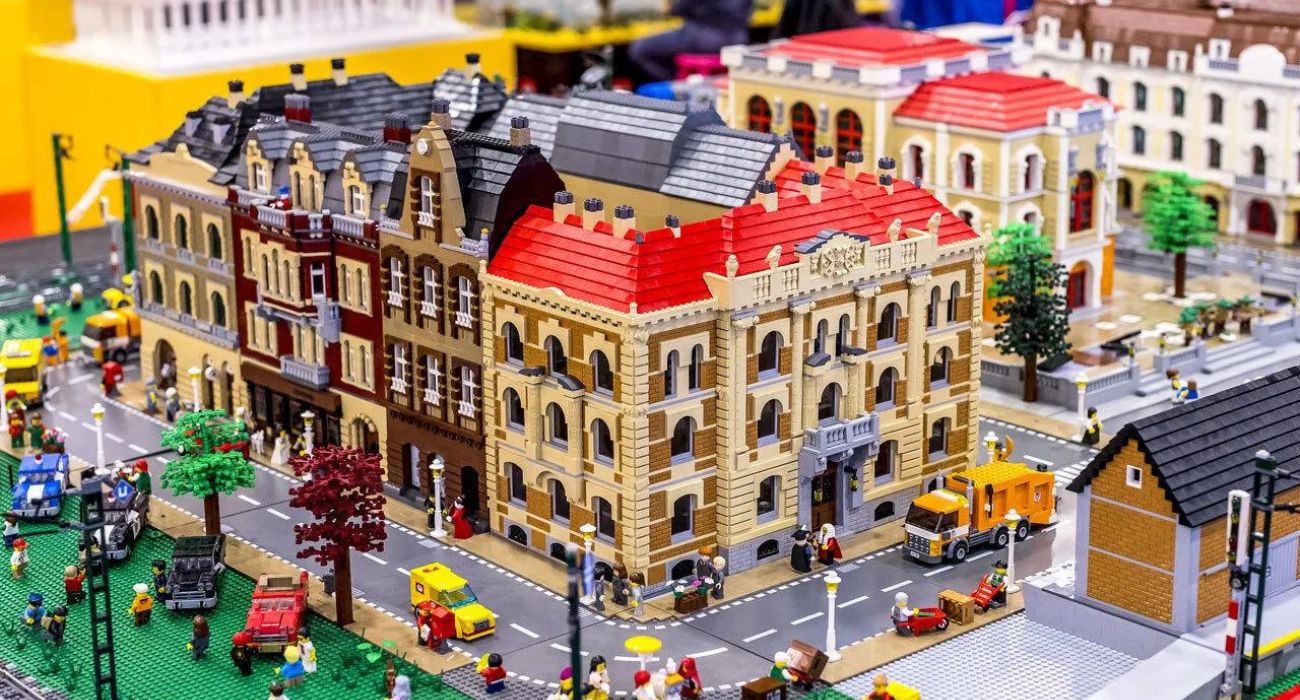Dallas artist Brad Ford Smith recaptures the unlikely ghosts of Dallas’ history. Through pen and ink drawings with a touch of watercolor, Smith hopes to bring permanence to the ephemeral.
Dallas is famous for its sleek metallic urban aesthetic. In contrast to the Victorian houses of the antebellum South which are still scattered across East Texas, Dallas has paved over much of its architectural history.
No matter how much a city like Dallas evolves, according to Smith, whenever a catastrophe, tragedy, or untimely death occurs, a ghost remains in its place. Through his series, “Where to Find a Ghost,” Smith draws the locations where tragedies have occurred as they appear today.
Apart from whispers of an unwed bride that haunts the famed Adolphus Hotel, Smith believes that Dallas has “an alarming deficiency of haunted houses and local ghost stories.” In an attempt to correct what he feels to be an oversight, Smith “pounds the pavement” and digs through city archives to find the lost ghost stories of Dallas.
One of his drawings, titled “One Stunt Too Many,” depicts White Rock Lake lined with flowers and trees on an overcast day. However, in 1934, three men showing off their flying skills came too close to the water. In Copernicus fashion, the water ripped off the wing of the single-engine airplane and the men aboard drowned.
The series consists of 31 ink drawings in total, each daubed with a light layer of watercolor in an orange-brown hue. The colors convey the feeling of old photographs in a sepia tone. The dark lines of the drawings are often imprecise, perhaps in order to convey the ghost-like nature of the scene or the blurring between reality and the spirit realm.
Smith is deeply interested in history. In a previous series named “Embedded Histories — Short & Long,” he also depicted modern places in a serene fashion and uncovered the history behind the images.
One drawing called “Spring at Bird’s Fort” captures rusting paint cans. The description reveals to the viewer that the cans are situated where a spring once flowed.
Smith wrote in his blog, “I found myself asking… What the hell is true? Where do I find certainty? The simple answer was to look under my own feet at the physical ground I stand on.”
“But take a step and ask again,” he continues. “What is this piece of earth? …It didn’t take long to discover just outside my door were deep layers of embedded history.”






